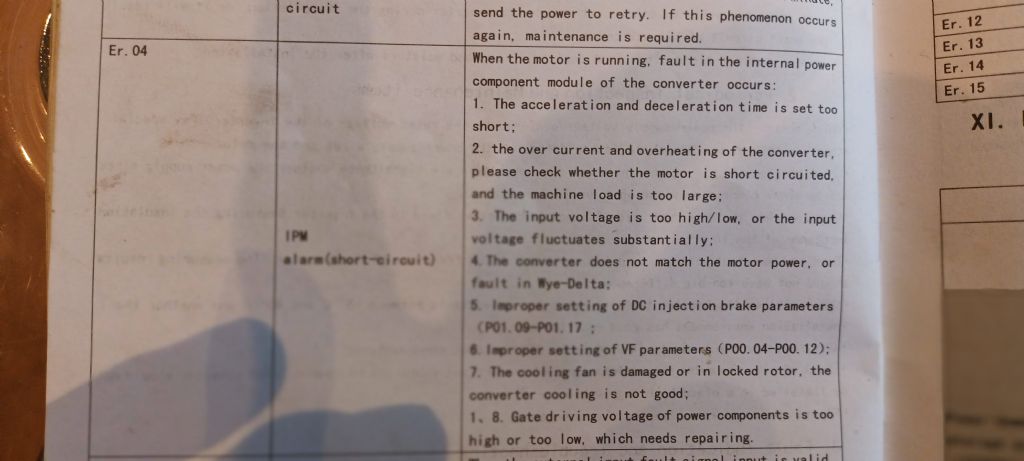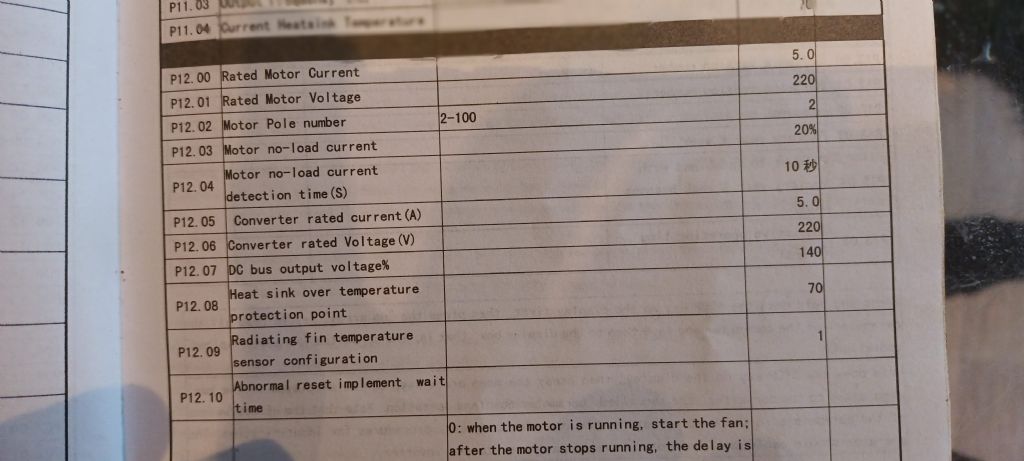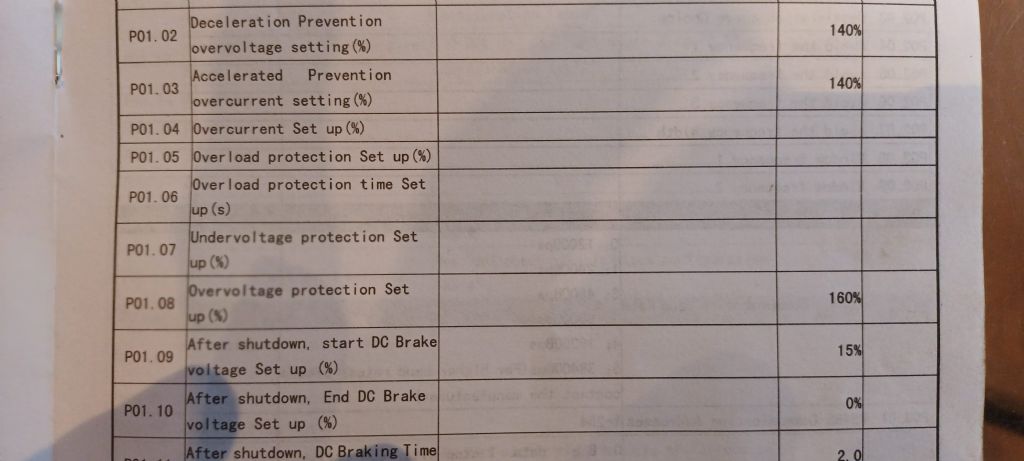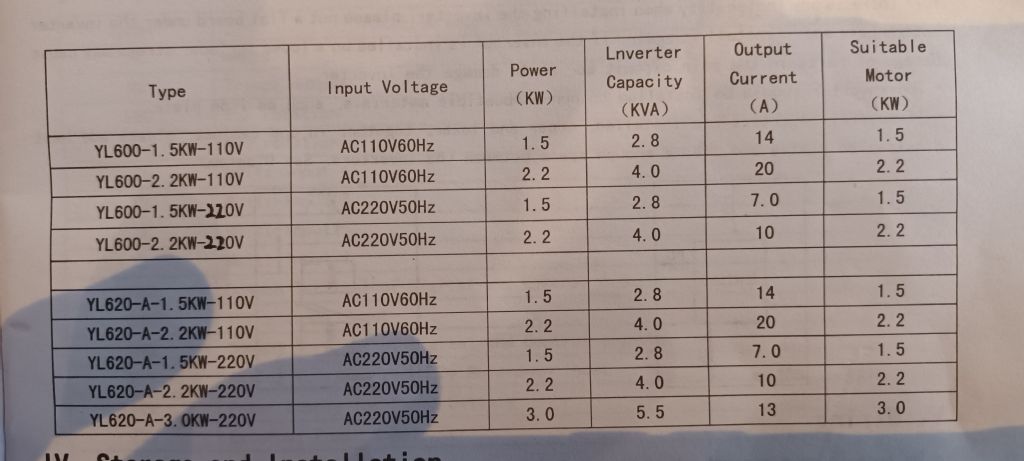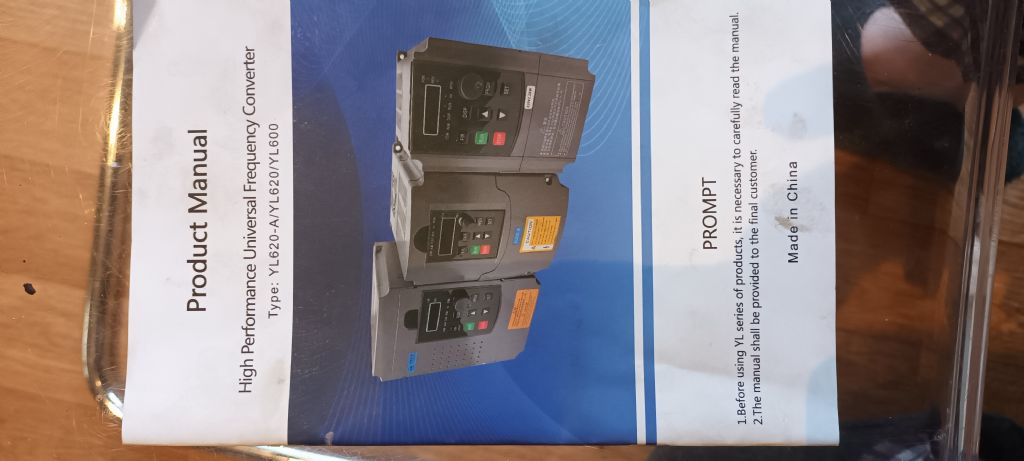Concerning the need for parameter changes when using VFD boxes on two speed motors I suspect this isn't really needful unless running close to maximum output or wanting peak efficiency. Maybe more important with self tuning vector drive types if you want to retain the low speed torque boost ability.
Certainly the 10 hp Plug and Play VFD box supplied by Drives Direct that does a very respectable imitation of utility power in my workshop doesn't seem to care whether or not a motor is two speed or what speed its on. It just sits there driving a set of smoothing inductors at 50 hz and the normal machine controls do the rest.
That said my largest motor is 3 hp so its working well within its capabilities and, obviously, I don't use the variable speed abilities.
If Colin's Chipmaster still has its mechanical variable speed device I see no great advantages from using the VFD for variable speed. Hence odds are any sophisticated tuning parameter errors will be of little importance as 50 Hz is 50 Hz and the clever stuff is mostly to improve behaviour at other frequencies for which the motor wasn't explicitly designed.
However, as DC31k posted whilst I was typing, if Colin still has the two speed motor it can't be reconfigured to delta for 220 V input so it needs full fat 420 (nominal) volt 3 phase to work properly. I'm dubious of the ability of the so called "380 volt output" import VFD boxes being able to properly drive a UK 2 speed machine tool motor. The common designs are lovely machines but, for complex design reasons, are inherently notorious current hogs off frequency and during start up.
Clive
Edited By Clive Foster on 06/11/2021 13:08:27
Edited By Clive Foster on 06/11/2021 13:08:49
Steve R.


